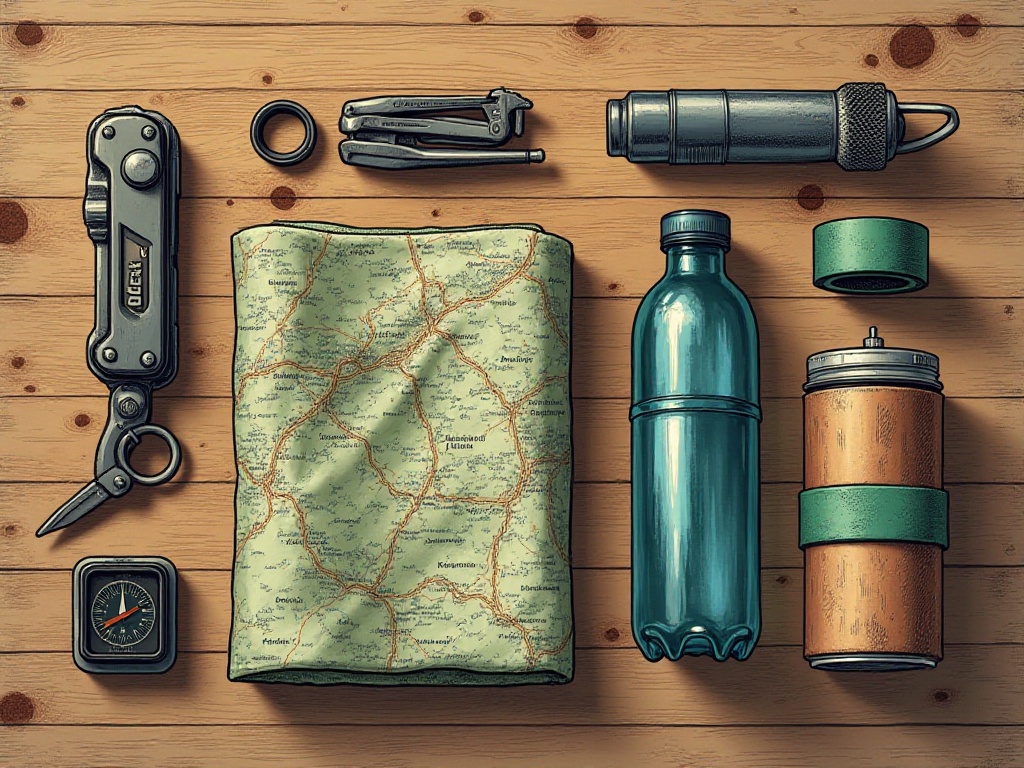Opening Words
Hello everyone, I'm a lifestyle enthusiast who loves to share. Today I want to talk about an important topic - outdoor survival. You might say, "I'm not Bear Grylls, why should I learn this?" But survival skills are really basic abilities that everyone should master. Think about it - if you get lost while hiking one day, or encounter sudden weather changes, these skills will come in very handy.
Simply put, outdoor survival skills are like insurance for yourself. Young people nowadays love outdoor activities, right? Camping, hiking, picnicking - they all require these basic skills. Take me for example, I used to be a typical city person who couldn't even set up a tent. Until one time when I went camping with friends and almost got myself into an embarrassing situation. That experience made me realize how important it is to master some outdoor survival skills.
Mindset Comes First
What's the most important thing about outdoor survival? It's not equipment or skills, but mindset. I remember getting lost in the mountains once, and my first reaction was pure panic. Later, after calming down, I realized: panicking won't solve problems - I needed to rationally analyze the current situation.
To be honest, my heart was beating like a drum at the time, and my mind went blank. But I forced myself to take deep breaths and told myself: "Panicking will only make things worse." At times like these, controlling your emotions is most important. I started counting from one to a hundred, then counted backwards. This simple method worked particularly well, helping me regain the ability to think rationally.
In the wilderness, situations can change instantly, so maintaining a clear head is crucial. I remember a true story about a hiker who encountered a rainstorm in a mountainous area with no signal. Instead of panicking, he immediately found a safe cave for temporary shelter. After the rain lessened, he used his compass to determine direction and eventually made it to safety. This example shows us how a good mindset can help us get through crisis moments.
Actually, many outdoor accidents happen not because of insufficient skills or equipment, but because people lose their cool in crucial moments. For instance, some people blindly flee when encountering dangerous situations, ending up more lost; others become paralyzed with fear and miss the best rescue opportunities. Therefore, developing the right mindset is the first step in outdoor survival.
Before each trip, I do a little mental preparation: imagining various situations I might encounter and thinking about response plans in advance. This way, even if I actually encounter unexpected situations, I can handle them calmly. Just like we think about various tactics before playing a game, outdoor activities need this kind of mental preparation.
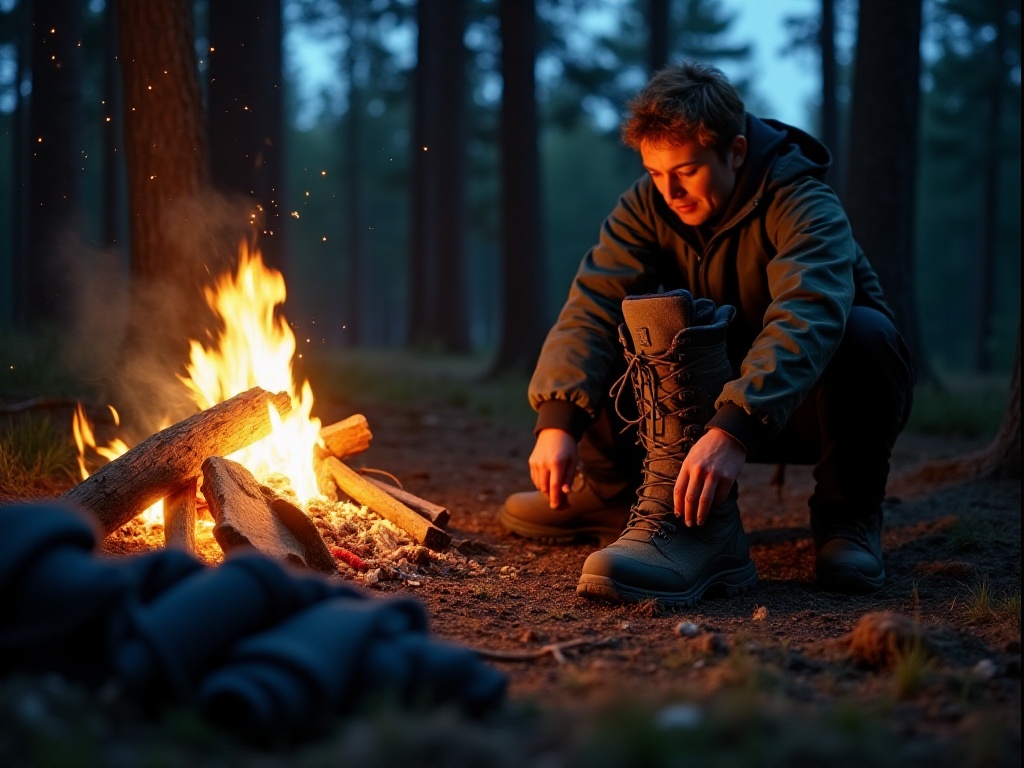
Preparation Work
Remember one principle: Better to be prepared and not need it, than to need it and not be prepared. Before each departure, I always do these things.
First is informing friends and family about the itinerary. I used to be very casual, going wherever I wanted without telling anyone. Until I saw a news report about a solo traveler who got into trouble in the wilderness, and no one knew about it for three whole days. Since then, I've developed a habit: before departure, I must send detailed itinerary information to at least two trustworthy people. This includes specific locations, planned routes, scheduled times, and even what equipment I'm bringing.
This habit may seem troublesome, but it can really save lives in crucial moments. Last summer, one of my fellow hikers didn't tell anyone where he was going, and when he sprained his ankle in the mountains, he had to wait two whole days before being found. If he had told someone his itinerary beforehand, he wouldn't have suffered so much.
Second is understanding the destination conditions. With information so readily available now, checking terrain and weather forecasts isn't difficult. I often use professional outdoor apps that show detailed topographic maps and local weather patterns. Last year when I went camping in a remote mountainous area, if I hadn't done my homework beforehand, I might have stepped right into a swamp. So understanding the environment is really important.
Another thing is waterproofing equipment. This is especially important because in the wilderness, water-damaged equipment can lead to fatal dangers. Now every time I go out, regardless of the weather forecast, I seal important equipment in waterproof bags. Critical items like phones, fire starters, and maps all need to be well protected. Weather can change suddenly, so it's better to be over-prepared than regretful later.
Preparation work also includes physical training. Many people think outdoor activities just involve walking around and sightseeing, but they actually consume a lot of energy. I suggest regular exercise, especially for endurance and strength. Simple exercises like running and climbing stairs are very helpful. I maintain a habit of running at least three times a week, minimum 5 kilometers each time. This training gives me more confidence during outdoor activities.
Equipment inspection is also an indispensable part of preparation. Before each departure, I lay out all equipment and check each item's condition. Electronic devices need to be fully charged, batteries need backups, and tools need maintenance. It may seem tedious, but these details often determine the success or failure of an outdoor activity.
Speaking of preparation, another important point is learning to recognize danger signals. For example, sudden darkening of the sky, unusual animal behavior, sudden muddying of stream water - these could all indicate approaching danger. I often learn about these things online and exchange experiences with experienced outdoor enthusiasts.
Additionally, prepare some emergency food. Not a lot of heavy items, but carefully selected high-energy, portable foods. Compressed biscuits, chocolate, and nuts are all good choices. I always carry energy bars - although they're not as satisfying as hot pot, they can save lives in crucial moments.
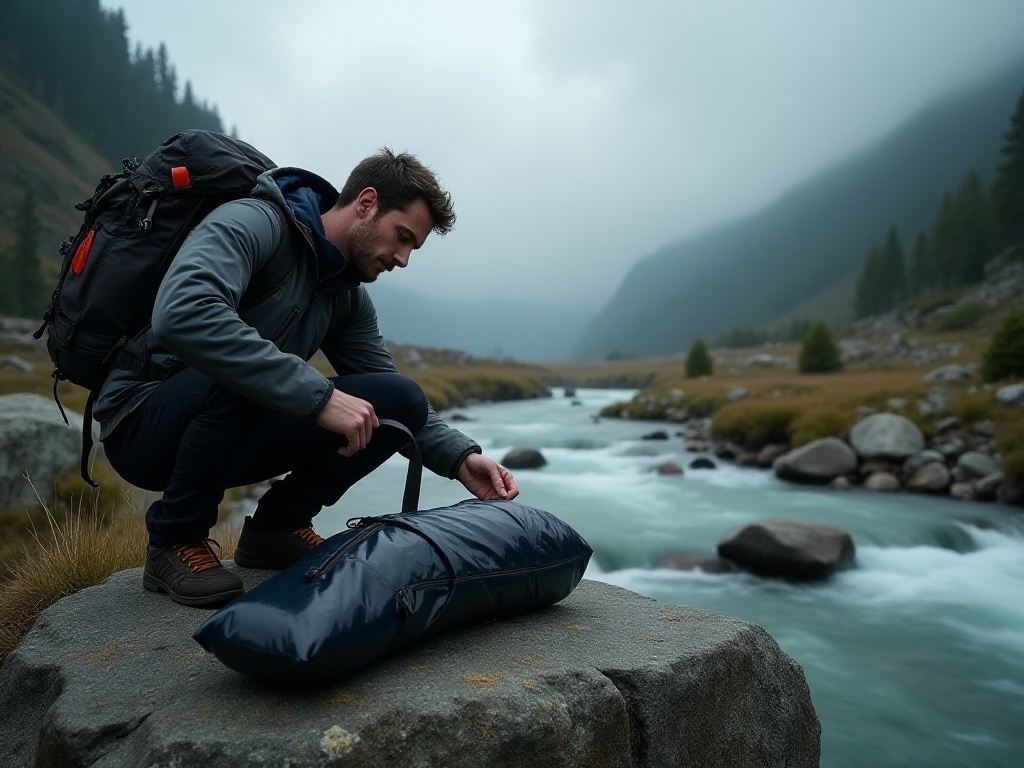
Core Skills
When it comes to core outdoor survival skills, they mainly include building shelter, finding water sources, and making fire. These skills may seem simple, but when you actually need to do them in the wilderness, it's not so easy.
Let's start with building shelter. Many people think having a tent solves everything, but what if the tent gets damaged, or you don't have one at all? That's when you need to use available materials. I often use an "A-frame" shelter in the wilderness, using two branches to form an A-shape, then covering it with smaller branches and leaves. I remember once when my tent was damaged by strong winds, I used this method to build a temporary shelter - though crude, it effectively blocked wind and rain.
Finding water sources is also a crucial skill. Remember the principle "running water is better than still water." Flowing streams are much safer than stagnant pools because flowing water is less likely to breed bacteria. But even clear mountain spring water should be treated before drinking. I usually carry a portable water filter - though expensive, it's definitely worth it. If you really don't have water treatment equipment, at least boil the water.
Making fire in the wilderness is the skill that best demonstrates wisdom. Many people don't know that many common items from our daily lives can be used to make fire. For example, Doritos corn chips burn easily because of their high oil content. I actually started a fire with them during my last camping trip. Cotton is also good tinder, especially sanitary pads - they're absorbent and flammable, particularly useful in crucial moments.
Speaking of making fire, another important technique is choosing the right location. First, stay away from flammable materials, and second, have wind protection measures. I usually pile stones around, which both blocks wind and reflects heat. Fire materials also need to be carefully chosen, with different sizes of firewood prepared. Thin, dry twigs are good for starting fires, while thicker wood provides sustained heat.
There are also some tricks to finding water sources. For example, following animal tracks often leads to water sources; valleys often have streams; morning dew is also a water source. I've seen people collect water by putting plastic bags over leafy branches - though the amount is small, it's a lifesaving method when water is scarce.
Regarding pathfinding, the most basic skill is knowing directions. If you don't have a compass, you can use a watch and the sun to determine direction. During the day, point the hour hand at the sun, and the bisector of the angle between the hour hand and 12 o'clock points south. At night, you can find the North Star - its direction is true north.
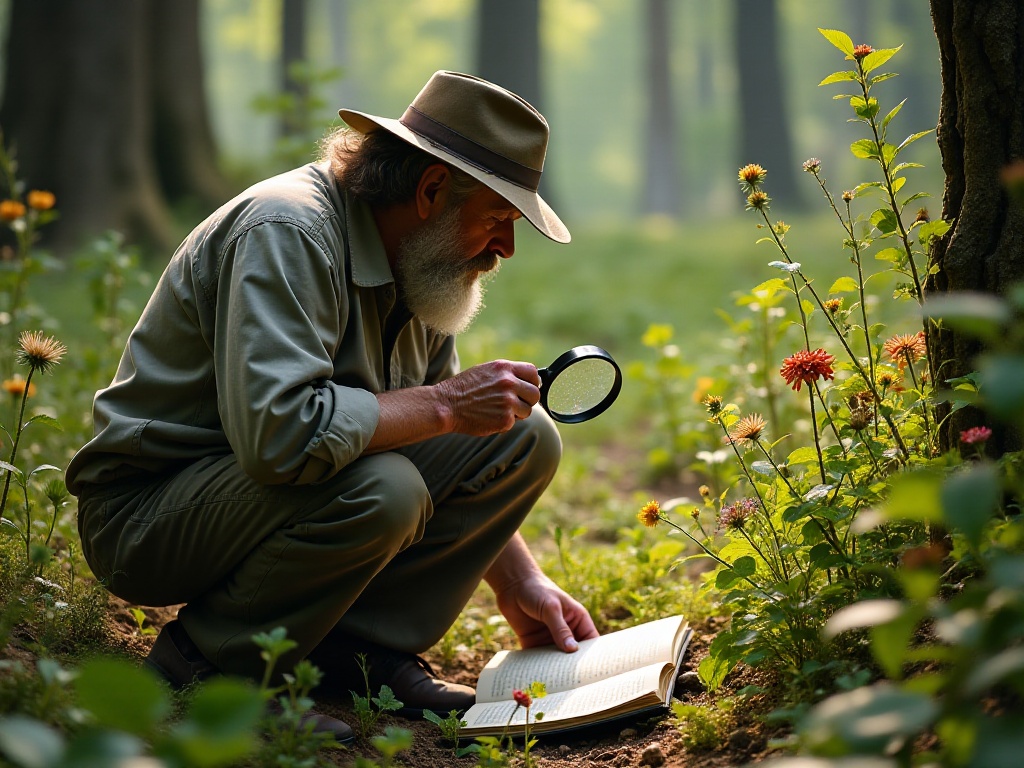
Creative Use of Equipment
Speaking of creative equipment use, we must mention duct tape - this wonder tool. It's practically the Swiss Army knife of wilderness survival, with surprisingly widespread uses.
First is its repair function. Tent has a hole? Patch it with duct tape. Backpack strap broke? Wrap it with duct tape. Shoe sole coming off? Temporarily fix it with duct tape. Once during a rainstorm, my tent was leaking, and I used duct tape to temporarily seal the leak, preventing all my equipment from getting soaked.
Second is medical use. Duct tape can be used to secure simple splints, bandage wounds, and even serve as temporary bandaids. Once when my teammate accidentally got scratched by a branch and we had no medical supplies, we used duct tape for a simple treatment, and it worked quite well.
Most amazingly, duct tape can be used to collect water. Make a loop with the sticky side out and hang it on tree branches - by morning you can collect dew. I learned this trick from an outdoor survival show, and it's really practical.
Besides duct tape, plastic bags are also treasure troves. They can collect rainwater, serve as ground moisture barriers, and even work as temporary raincoats. I often carry several large garbage bags - they're light, compact, and extremely useful when needed.
Then there's the flashlight. Besides illumination, it can be used to send distress signals. The international distress signal is "three short, one long" - three quick light flashes followed by one longer flash. This signal is especially effective at night with high visibility.
Lighters aren't just for making fire. Their flame can sterilize tools, melt nylon rope ends to prevent fraying, and even heat metal tools for bending into needed shapes.
Compasses aren't just for direction - they can measure distance too. On maps, use the compass scale to measure distance between points to roughly know how far you need to go. This trick is especially useful when planning routes.
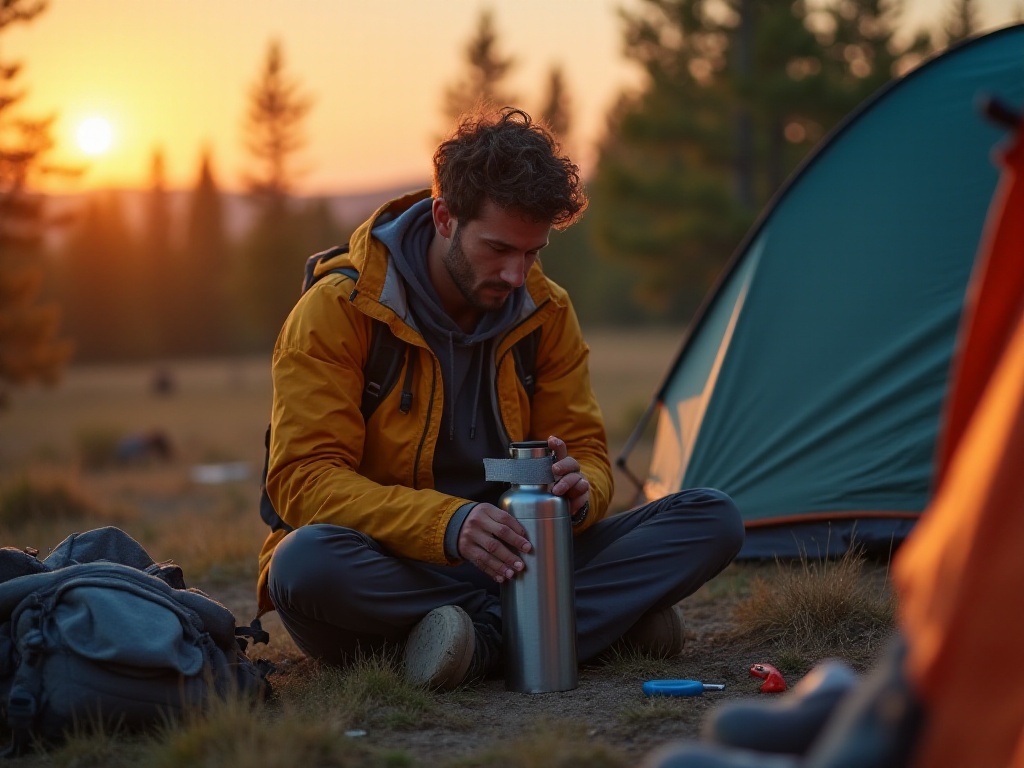
Safety and Rescue
Safety always comes first, and knowing how to seek rescue is equally important. The international distress signal is any form of "three times" - this rule must be remembered.
Specifically, if you have a whistle, blow three times; in open areas, light three bonfires; in clear weather, use a mirror to reflect light skyward three times. These signals are internationally recognized - rescue personnel worldwide know them.
One of my friends was successfully rescued using a mirror. He got lost in deep mountains but happened to see a rescue helicopter overhead. He immediately took out his pocket mirror and kept reflecting light toward the helicopter. This small action ultimately saved his life. Later, rescue personnel said mirror reflections are very noticeable from the air and easily spotted.
Besides these traditional rescue methods, modern technology offers many conveniences. For example, satellite positioning devices are now quite affordable and extremely useful in crucial moments. There are also some outdoor rescue apps that can send your location information where there's signal.
However, note that you shouldn't blindly trust electronic devices. They might run out of power, get wet, or malfunction. So traditional rescue methods must be mastered. I've seen people rely too heavily on phone navigation, then have no idea what to do when their phones die.
When seeking rescue, conserve energy. Many people panic and run around aimlessly, exhausting themselves. The correct approach is to wait for rescue in a safe place while maintaining rescue signals. If you must move, leave markers - like arrows made from branches or stone pile markers - so rescue personnel can find your trail.
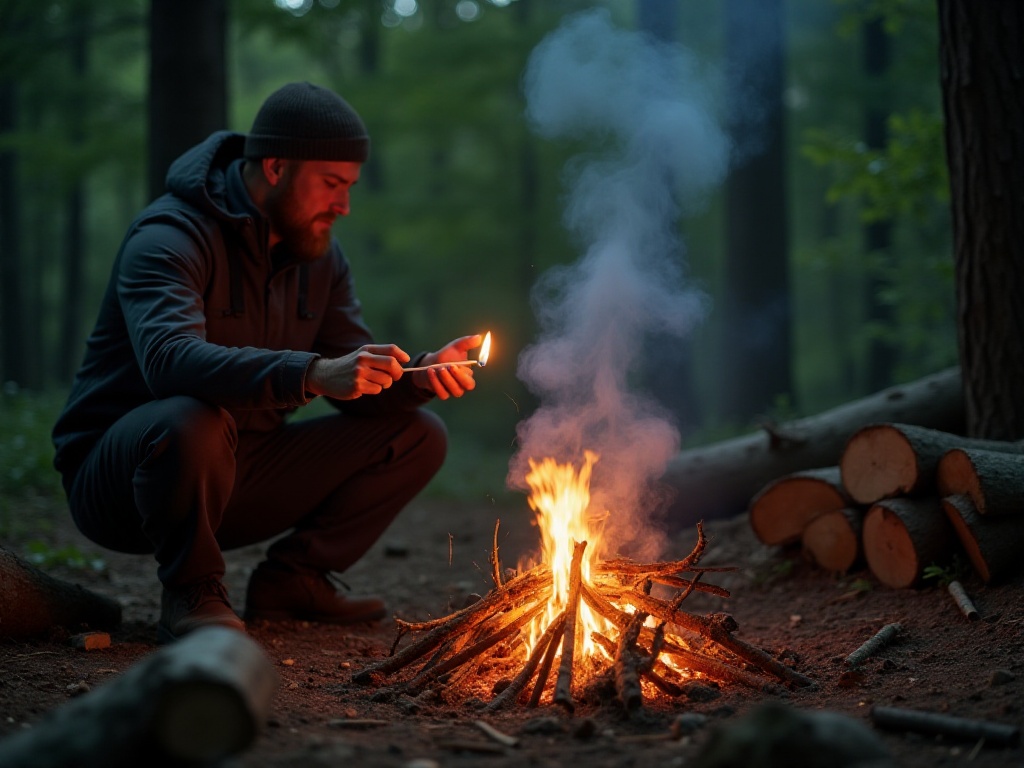
Conclusion
At this point, I wonder if you have a better understanding of wilderness survival






